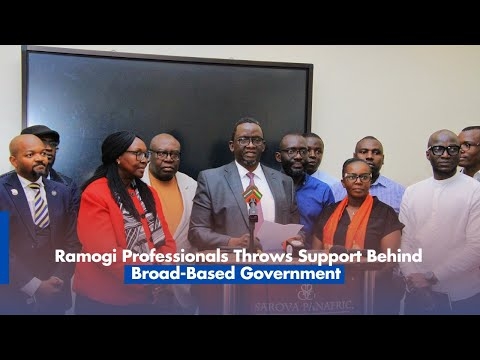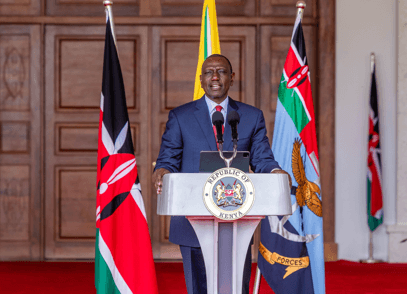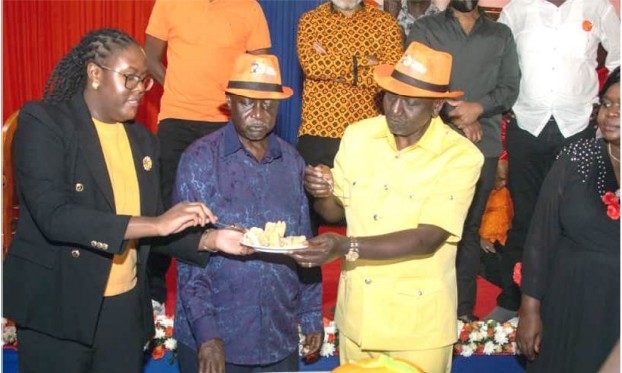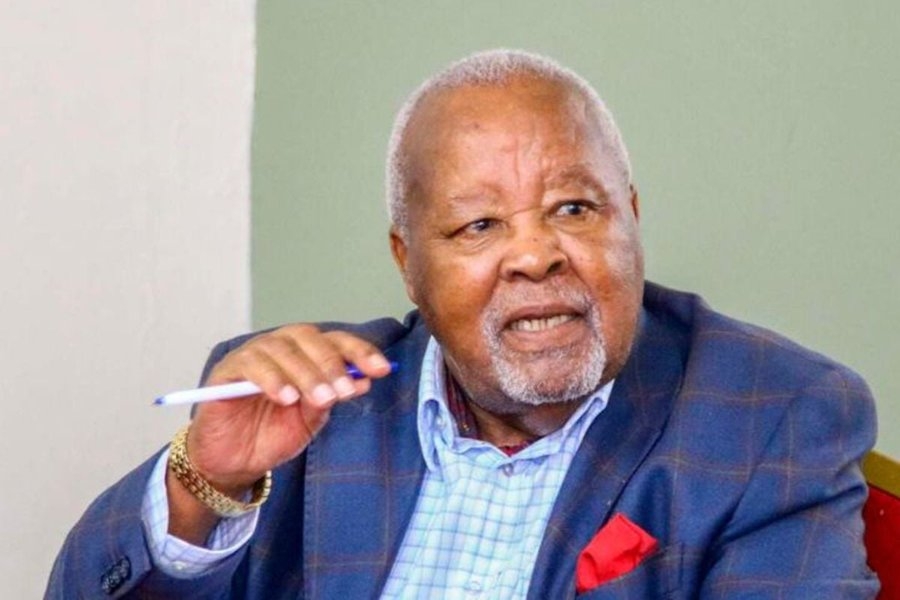The National Disasters Management Authority has raised the alarm over the drought ravaging Tana River county.
The authority said Tana River has crossed the average Vegetation Condition Index, which should be 35 per cent.
Currently, Tana River County is at 30 per cent VCI, which means the drought phase. Doctors in the region say that malnutrition cases among children and women are on the rise.
Tana River county NDMA coordinator Abdi Musa said they are now in a critical drought situation, which must be addressed.
"Currently, as a county, we are at 30 per cent VCI, which translates to drought and a cause for alarm because we are below the average. Garsen is a little better, the worst-hit part is Tana North," he said.
The World Food Programme has now partnered with the Tana River county government to find solutions to the ongoing drought in the region.
"Looking at the conditions now, we are almost in a crisis phase in terms of drought because the pasture for animals has depleted and the water is scarce,” Musa said.
He said the region has 57 water centres, but currently all water pans have dried up.
Musa said livestock has migrated towards the Tana Delta and despite the fact that currently they have not recorded many deaths, the situation is expected to deteriorate because of lack of pasture and water.
He said because pastoralists have moved their livestock to other regions, mothers, children, and the elderly have been left with no access to milk and food.
"One of the water pans the community was depending on, Bulta Marutu water pan, has retained water for almost six years without drying up. However, because of the intensity of drought because rains have failed for the last four season, it has since dried up,” he said.
Shortage of water and food has also led to an increase in malnutrition cases among women and children below five years of age.
"We have about 26 per cent of our children below five years who are at risk of malnutrition. Basically, we need to look at interventions in terms of health and education because children are not able to get good food and also lack fees due to low prices of livestock in the market,” Musa said.
Tana River director of health services Oscar Endekwa said that more than 14 per cent of children have visited the health facilities with malnutrition conditions, a figure which is high and is increasing.
"Women and children have really been affected, we have this problem because of food insecurity and water safety,” said Endekwa.
“We also have an increase in the number of people who have been diagnosed with diarrhea because of lack of clean water.”
He said they are working with the Ministry of Health and other partners to roll out alternative service delivery to the affected subcounties.
Endakwa said they are doing outreach and screening services for malnutrition among children in the region.
"We are also working towards giving them food, which also acts as medicine to help them get out of the condition," he said.
Aden Guyo, a resident, said that women walk more 20 kilometres to go look for water, which they are competing to use with their livestock.
"The drought has really affected us and our livestock. We do not have food and water and today women are forced to walk more than 20km to look for water which from a borehole," he said.
He said that women leave their houses as early as 6am and come back at 1pm. Those who leave at noon come back home at 11pm at night.
Guyo called upon well-wishers, the World Food Programme, World Bank, and the government to help them by increasing the number of the targeted households who are currently receiving relief food.
"We also want the government to roll out the cash transfer programme. We are in an emergency situation that needs a long-lasting solution,” he said.
WFP country director Lauren Landis, who visited Tana River county, said they are ready to work with the county government to address the water challenge in the region.
“We have seen a water pan with absolutely no water in it. I understand it has never been that way for the past six years, but we are just amazed at how it has dried up," she said.
She said that they also visited the water holes where people have dug and risked their lives to bring water to the community.
"Clearly, we need to work together as WFP and the county government in order to solve this problem,” she said.
Tana River Governor Dhadho Godhana said there are different organizations including WFP, UNDP, and World Bank that have always supported them.
The Royal Princess Sarah from Jordan was also present during a visit to the Bulto Marutu shallow well.
"We are glad they (global institutions) have been coming to work with us. Through their support, we have had programs that target different communities," Godhana said.
He said the current programme targets nutrition and food security for children, pregnant mothers, and children below five years.
“We believe we will reduce mortality cases of children below and above five years and also pregnant women. Through the programme, we are also targeting pregnant women so that the children can grow well in the womb,” said Godhana.
He said climate change is the reason dams have dried up and as the government they will continue with programmes of supplying food and water.
"We also have plans of digging boreholes as we repair dams so that when it rains, we see if we can get enough water which will eventually take us up to another six years," he said.
Godhana said his office has a plan of ensuring that there is water from Bura water supply, which has huge capacity.
"We have plans of getting water from Bura water supply, which is estimated to be about 3,200 cubic metres of water, which is 3.2 million litres of water. The designs have been approved. We want to do all these projects to ensure water reaches every community," he said.














![[PHOTOS] Ole Ntutu’s son weds in stylish red-themed wedding](/_next/image?url=https%3A%2F%2Fcdn.radioafrica.digital%2Fimage%2F2025%2F11%2Ff0a5154e-67fd-4594-9d5d-6196bf96ed79.jpeg&w=3840&q=100)

